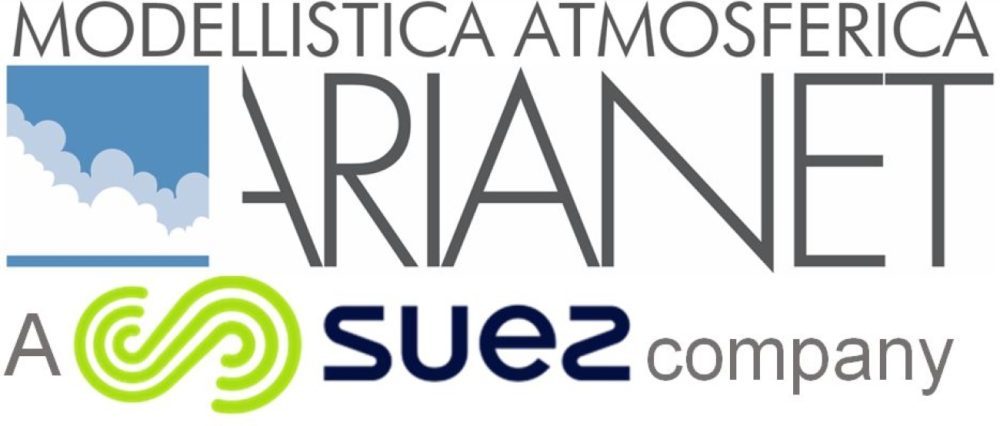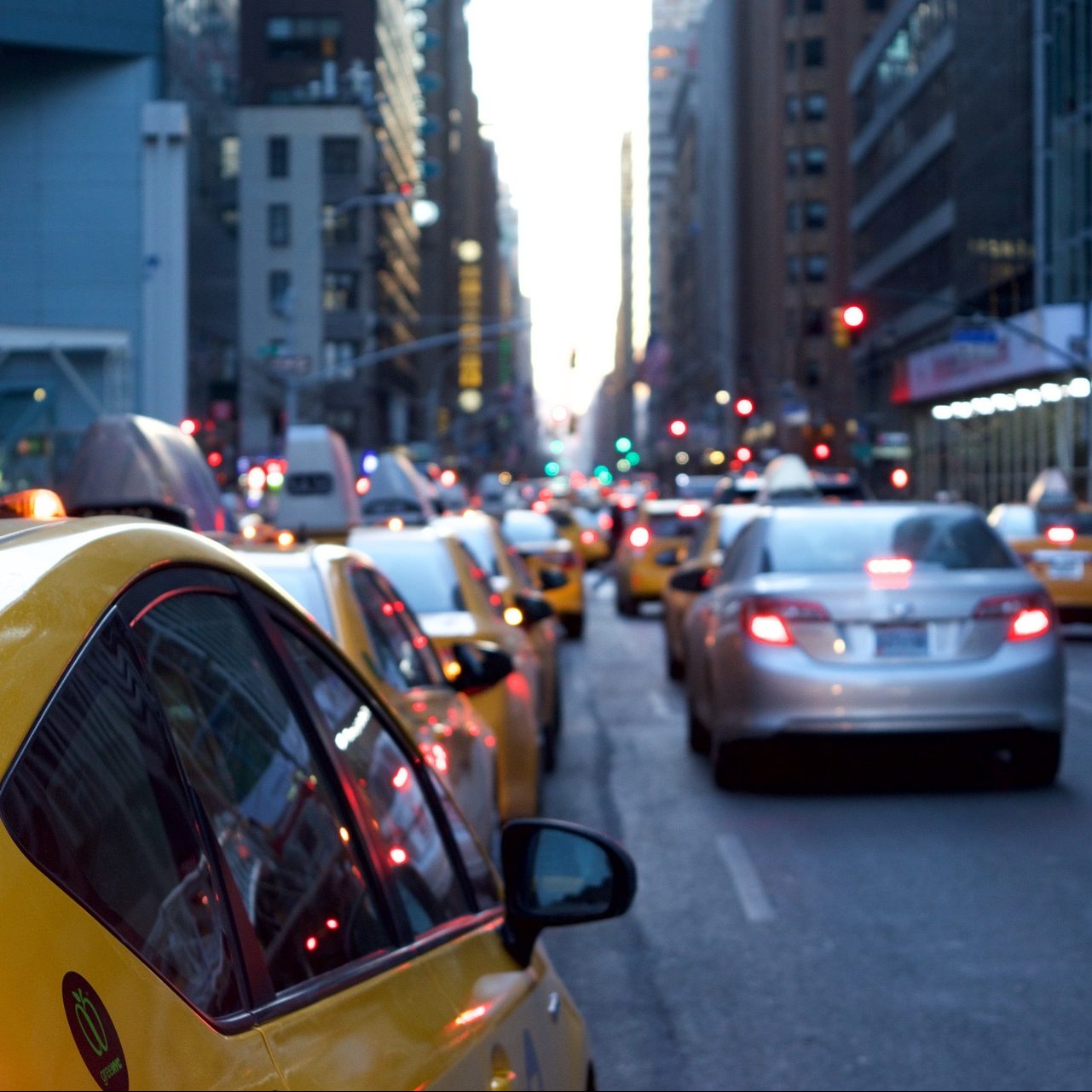Road Transport Sector and Diesel Vehicle Emissions in Milan
The “Road Transport” sector accounts for 74% of nitrogen oxides (NOx=NO+NO2) emissions in the Municipality of Milan, with diesel vehicles contributing approximately 93% of these emissions (source: INEMAR – Air Emissions Inventory – Lombardy Region). Based on this data, the Association “Cittadini per l’aria” commissioned ARIANET to estimate the impact of emissions from diesel vehicles operating within the urban area of Milan on the annual average concentrations of NO2. This estimation was carried out using a complex modeling system that considers the dispersion of emitted pollutants and the chemical transformations occurring in the atmosphere, influenced by meteorological conditions. Emissions from vehicular traffic in the Milan urban area were estimated using information provided by the Mobility Environment and Territory Agency (AMAT) of the City of Milan (including integrated network graphs, geometric and structural characteristics of the road network, and traffic flows) and the official European COPERT 5 methodology (Computer Programme to calculate Emissions from Road Traffic), which is the most updated version of the traffic emission calculation program developed by the EEA (European Environment Agency) under the CORINAIR program. To include both internal and external emission contributions to the Municipality of Milan, all other types of sources (traffic outside the Municipality of Milan, domestic heating, industrial activities, etc.) within the study area were considered.
Two scenarios were simulated:
- Ex-ante: Corresponding to the emission framework for the year 2017 (reference period during which the Association promoted the campaign “NO2, NO grazie,” conducted by citizens from February 11 to March 11, 2017, in Milan and other municipalities in the metropolitan area);
- “NO Diesel”: Corresponding to the 2017 emission framework where emissions from ALL diesel vehicles, except for public utility buses, were eliminated on the road network of the Municipality of Milan.
The “NO Diesel” scenario does not represent a realistic scenario, as no assumptions were made regarding the replacement of diesel vehicles with other types of vehicles and/or alternative urban mobility hypotheses; it represents a limit situation aimed at estimating the maximum theoretically achievable reduction potential by acting solely on diesel vehicles.
The results of the “ex-ante” scenario simulation show annual average NO2 concentrations exceeding the limit value in a large part of the Milan urban area (about 75%), with higher values along the ring roads north of the city center. These estimates are confirmed by data from the air quality network of ARPA Lombardia, which highlight NO2 levels exceeding the limit value in the Milan metropolitan area and demonstrate the capability of the modeling system to reproduce observed NO2 levels.
The results of the “NO Diesel” scenario answer the question: what would NO2 levels be in the Milan area in the absence of emissions from diesel vehicles? The ground-level annual average NO2 concentrations for this scenario show values exceeding the limit value only along the bypasses east and north of the urban area where, in the considered scenario, diesel vehicle emissions were not eliminated. These results confirm the significance of emissions associated with this type of vehicle.
Based on the results of these simulations, an abacus was developed to estimate the percentage increase in the portion of the Milan territory that would meet the legal limit for annual averages (40 μg/m3) in the event of restrictions on the circulation of all vehicles (cars, LDVs, and HDVs) powered by diesel, distinguished by Euro category. The use of this abacus provides useful answers to the question: to which categories of diesel-powered vehicles should the circulation ban be extended within the Milan area (Municipality of Milan) in order to comply with the limit value for the annual average concentration (40 μg/m3)?
Using this abacus, it was estimated that restricting the circulation of all pre-Euro 4, pre-Euro 5, and pre-Euro 6 vehicles would increase the portion of Milan territory that complies with the limit value from 25% (current situation) to approximately 35%, 46%, and 95%, respectively.
https://www.cittadiniperlaria.org/wp-content/uploads/2019/01/RapportoARIANET-compressed.pdf

